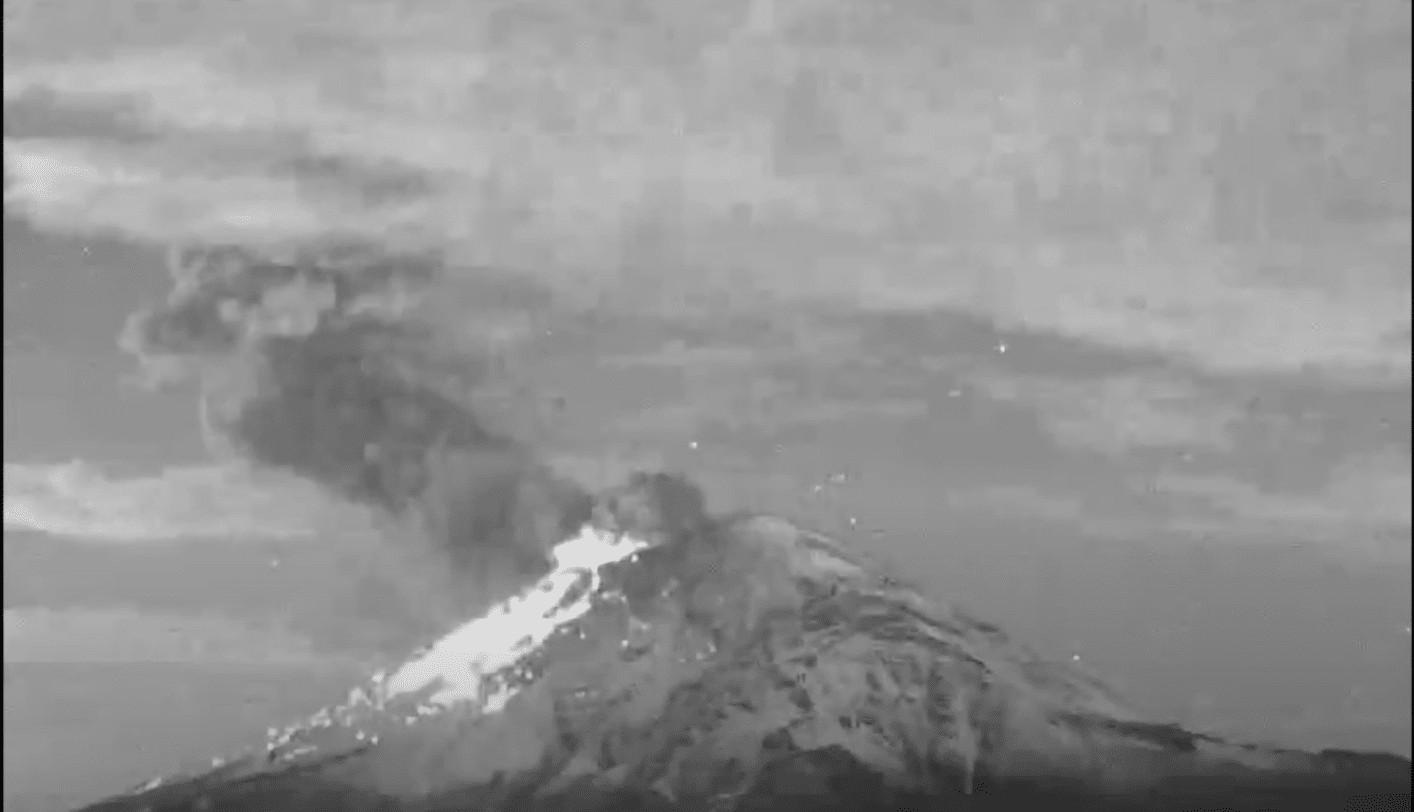Mexico’s Popocatepetl volcano rumbled to life again this week, belching out towering clouds of ash that forced 11 villages to cancel school sessions according to the Los Angeles Times.
The residents weren’t the only ones keeping a close eye on the towering peak. Every time there is a sigh, tic or heave in Popocatepetl, there are dozens of scientists, a network of sensors and cameras, and a roomful of powerful equipment watching its every move.
The 17,797-foot volcano, known affectionately as “El Popo,” has been spewing toxic fumes, ash and lumps of incandescent rock persistently for almost 30 years, since it awakened from a long slumber in 1994.
The volcano is 45 miles southeast of Mexico City, but lies much closer to the eastern fringes of the larger metropolitan area of 22 million people. The city also faces threats from earthquakes and sinking soil, but the volcano is the most visible potential danger — and the most closely watched. A severe eruption could cut off air traffic, or smother the city in clouds of choking ash.
Ringed around its summit are six cameras, a thermal imaging device and 12 seismological monitoring stations that operate 24 hours a day, all reporting back to an equipment-filled command center in Mexico City.
Falling ash, plus gases spewed by the eruptions, can be harmful when inhaled, and in a worse case scenario could trigger the need for massive evacuations.
Popocatepetl, meaning “Smoking Hill” in the native Aztec language Nahuatl, is one of the world’s most closely monitored volcanoes. It rises only about 45 miles (72 km) southwest of Mexico City, home to about 9 million people or around 22 million including the metropolitan area.
According to Reuters, Images shared on social media in the picturesque colonial-era main plaza of the Puebla state capital showed many people wearing masks to protect themselves from ash in the air.
Even though schools in the state capital remained open, officials recommended that locals avoid outdoor activities.
Mexico’s disaster prevention center Cenapred maintained its alert level for the volcano at yellow on Thursday, which indicates moderate risk.
Cenapred reported that over the past 24 hours it has registered 154 exhalations of mostly ash and gas from Popocatepetl, one “minor” explosion and one volcano tectonic earthquake.
Popocatepetl is Mexico’s second tallest volcano at 5,550 meters (18,209 ft) above sea level, and on clear days is a fixture of the Mexican capital’s distant southern skyline.















